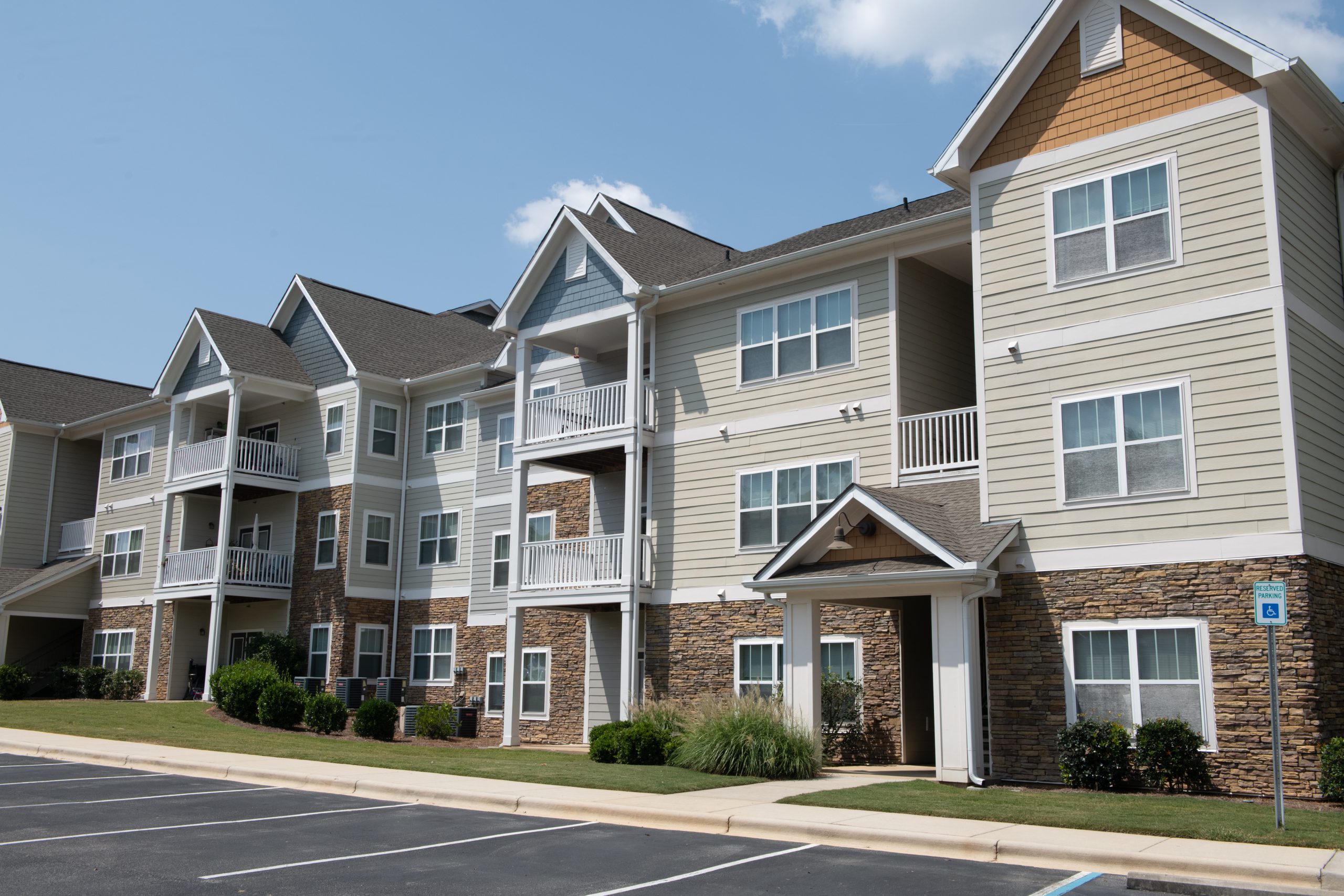This article was originally published by Multifamily Executive Magazine.
As the headwinds of the past two years begin to subside, the U.S. is returning to a semblance of normalcy. During the most tumultuous times, multifamily fared well—better than expected, in fact—with strong occupancy levels and stable rent collection for Class A and B properties. To add to that, the industry has favorable days ahead, as it appears many of the pandemic-fueled impacts are here to stay, such as steady rent growth and high investor demand for multifamily. Here’s what we should expect in the year to come.
Higher Demand, Lower Volume
For 2022, we expect to see a slowdown in volume compared with last year. Potential tax law changes (i.e., 1031 exchange and capital gains) were a major motivating force compelling transactions in 2021 that otherwise would’ve happened two to three years down the road. Transactions are leveling off, and numbers for 2022 simply won’t be as high.
Due to consumer trends favoring renting that began before the pandemic and continued through 2021, we anticipate strong renter demand and a highly competitive acquisition market, especially for Class A and B properties. According to the National Association of Realtors, “Apartment demand will likely remain robust and rent growth remain elevated in 2022, given the current rates of absorption, rising mortgage rates in 2022, and the lower level of construction activity relative to current demand.”
The multifamily market’s resilience during the pandemic was a catalyst for interest from investors in other commercial real estate segments, like office, hospitality, and retail. Multifamily outperformed other asset types, and, coming out of the pandemic, the market is seeing the best operational performance on record. We saw great interest from these types of investors, and their enthusiasm isn’t likely to wane. In addition, we believe newer investors will continue to gain confidence and start targeting value-add properties as well. Over the past two years, they’ve learned the nuances of running a multifamily community and all it entails—from property management and operations to marketing and resident engagement.
Secondary and Tertiary Markets Take the Lead
The pandemic accelerated migration patterns that were in place for the past few years. An increasing number of renters moved out of major cities like New York City, Los Angeles, and San Francisco and into the suburbs and smaller MSAs. While the ongoing migration is largely linked to more affordable rent prices, Yardi, in its Multifamily National Report, notes that lifestyle rentals continue to grow at a swift pace. Ancillary factors are at play as well, including job opportunities, particularly in the realm of remote work; additional space in secondary and tertiary markets; and health-driven factors, like social distancing.
For investors, suburban markets will continue to reign supreme in 2022 and the foreseeable future, driven by consistent rent growth and population increase. According to Yardi, “2021 rent forecasts reached historic levels backed by astounding year-to-date growth. Rent growth and absorption have been led by properties in the suburbs, where fundamentals remained positive even during the pandemic.”
In 2022, Fogelman will continue to focus on submarkets with barriers to entry and above-average rent growth, including Atlanta, Southwest Florida, Dallas-Fort Worth, and Nashville, Tennessee. The company also aims to acquire more than $300 million in multifamily assets in 2022, and over the past 36 months it has purchased 16 properties, totaling 4,829 units and $706 million.
In the Southeast and Sun Belt markets, value appreciation has been stronger than the national average, with many examples of asset values rising more than 30% year over year. The combination of cap rate compression from high investor demand and exceptional rent growth in many submarkets have created an environment for some historically high appreciation in property valuations. Memphis, Tennessee, where Fogelman is headquartered, remains on our mind and has been our third strongest market out of the 28 cities where we operate over the past 36 months. It’s an area to watch as it has performed exceptionally well in 2021, topping the list of 10 metros for growth in Freddie Mac’s Multifamily 2021 Midyear Outlook.
Versatile Financing Options
While Fannie Mae and Freddie Mac were the dominant lenders in 2020, market share shifted in 2021 as cap rates compressed. The lower going-in yields for new acquisitions presented a challenge for lenders that use a standard debt-service coverage ratio to determine loan proceeds, effectively limiting the loan-to-value they can offer. As a result, alternative lenders—including a variety of debt funds—stepped in to provide higher leverage loans by utilizing projected income from planned renovations.
In the next year, nontraditional lenders will continue adapting to the low cap rate and low-yield environment in order to provide funding for the influx of eager investors. According to Wealth Management, “The race for financing multifamily properties has grown more competitive as debt funds are increasingly moving in and offering rates that now make them more attractive compared with more established options.”
Accordingly, this newfound versatility will open up more opportunities for investors to obtain capital and finance acquisitions. With that said, the majority of debt fund loan products have floating rates and typically more structure and requirements than agency loans, which means not all borrowers will be comfortable choosing that financing route.
With no expectations of cap rates going up in the near future, we expect 2022 to look very similar to 2021—with no shortage of liquidity or options on the lending front.
Looking Forward: A Market on the Move
Moving into the new year, a few key factors will define the multifamily market. We will see ongoing interest in the Sun Belt and Southeast markets due to above-average rent growth and steady demand. Alternative financing through debt funds will remain a popular option to support high demand, at low yields. With these factors in place, investors from other markets will continue the trend of reallocating their capital to the multifamily market, further driving competition.

